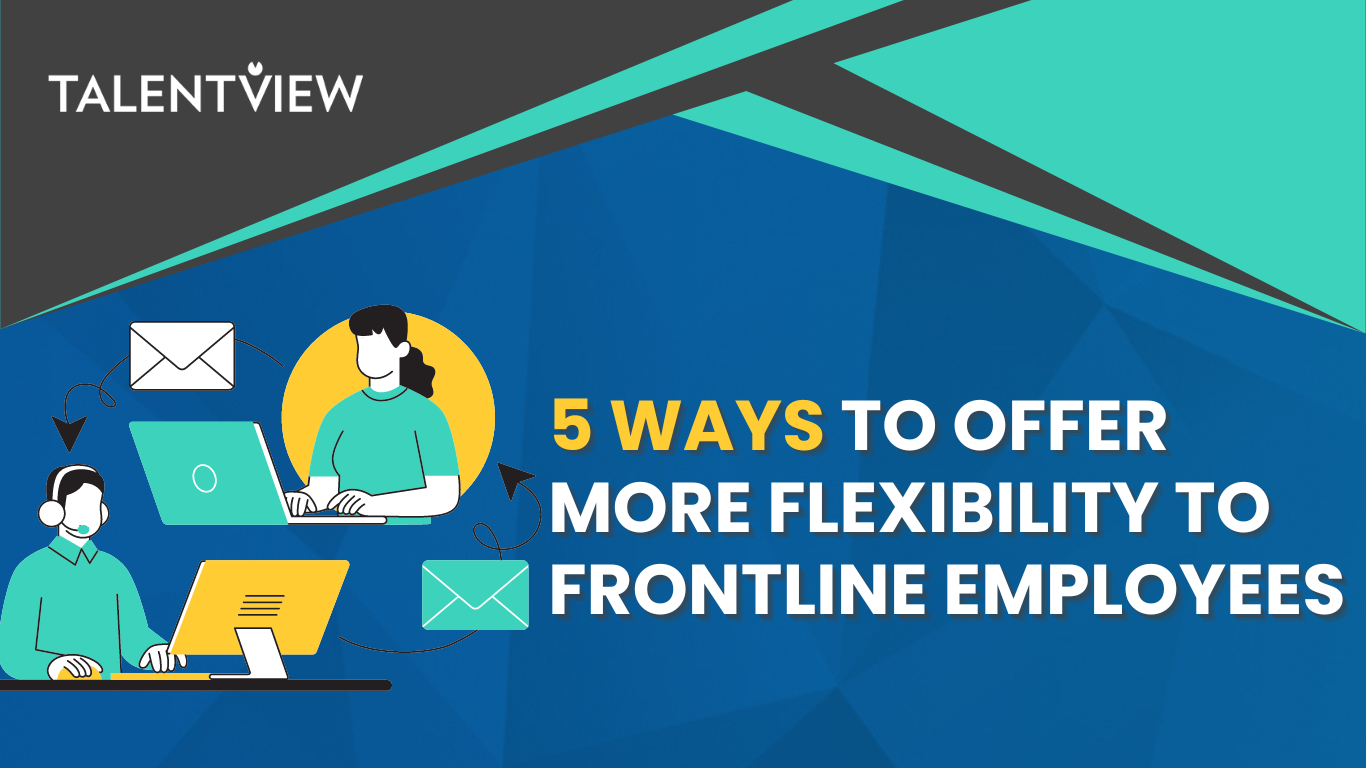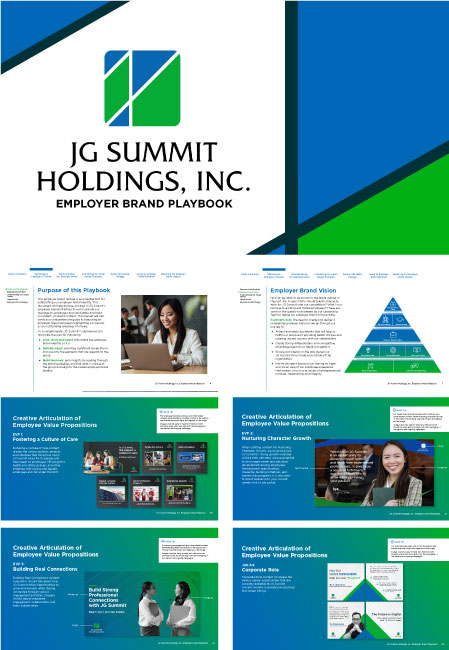
An overwhelming majority (94%) of US workers say they would benefit from workplace flexibility, according to a Deloitte survey. Many people are taking advantage of that in the form of remote and hybrid work arrangements. However, frontline employees are often left out of conversations around flexibility.
In December 2023, Gallup reported that 58% of US workers are on-site and most of them can’t adopt hybrid work. In addition, frontline workers have the lowest engagement rates: fully on-site, non-remote-capable employees have far lower engagement (29%) than fully remote workers (38%), hybrid workers (38%) and even on-site workers who are remote-capable (34%).
The close relationship between flexibility and engagement means that, in organizations with less flexibility, it will likely always be a challenge to drive engagement, retain employees, and boost overall job satisfaction.
The good news is that providing more flexibility to frontline employees can boost engagement and employee wellbeing, and there are many effective ways to offer flexibility when remote or hybrid work is not an option. People leaders need to adopt creative strategies to provide flexible options for frontline folks – and this article is full of ideas to get you started.
Offering flexibility on the frontline
Here are some effective strategies for offering more flexibility to frontline employees
1. Allow employees to choose what days and times they work
Within the basic requirements of business functions, there is almost always enough wiggle room to allow for a choice of work schedules. Ask employees to rank their options and work to provide their first or second-choice schedules as often as possible.
2. Offer a choice of alternative schedules
Rather than a standard five-day, eight-hour workday schedule, give frontline employees the option of working four 10-hour shifts or three 12-hour shifts (or the part-time equivalent, if their position is not full-time).
The healthcare industry is a great example of where these types of alternative work schedules have already become standard, in large part due to how they empower employees to work a schedule that fits the rest of their life. Other industries can look to that example for inspiration.
3. Expand paid time off (PTO) policies
Additional PTO – and fewer restrictions about when employees can use it – can help encourage and support work-life balance. Again, this allows employees to better manage their personal responsibilities, wellbeing, and more, so they can focus on work when they’re at work.
4. Make it easier for hourly employees to change their work schedules
Most companies with frontline workers have procedures that allow employees to trade shifts – but if you can make it even easier, your employees will likely appreciate the flexibility it affords them to respond to unexpected family needs, illness, and other time-sensitive events.
Consider offering spot bonuses to employees who are willing to trade or ask for volunteers to act as backup so you can tag them in when someone needs to cancel a shift.
5. Leverage technology
Leverage technology – namely a mobile app – that allows employees to view and manage their work schedules wherever they are. Using an app that lets employees add or adjust shifts also makes life easier for managers, who can approve changes from their own smart device.
This eliminates the need for a messy paper trail or games of phone tag to manage change requests, and helps streamline the process so everyone can focus on their actual work.

Benefits of flexibility for frontline employees
In addition to the many individual advantages for frontline employees, offering more flexibility to these crucial workers can benefit business outcomes. According to McKinsey research, flexibility (or lack thereof) is the top driver of attrition in retail – arguably an industry with one of the largest proportions of frontline employees.
And the Retail Industry Leaders Association says businesses that offer flexibility can expect a boost in cost savings and efficiency, increased workforce agility, higher productivity, access to a more diverse talent pool, and reduced turnover costs.
Undoubtedly, looking for ways to offer more flexibility to a pool of employees who cannot work remotely can help almost any organization in any industry enjoy some or all of these benefits.
Boost frontline engagement with flexible work options
Incorporating flexibility for frontline employees is not just a nice-to-have, but a strategic advantage. By adopting these strategies, people leaders can foster a more engaged, satisfied, and loyal workforce. Flexibility in scheduling, expanded PTO policies, easier shift changes, and the convenience of technology can significantly enhance work-life balance for frontline employees.
As more organizations recognize and address the unique needs of these essential employees, they may see improved retention, increased productivity, and a more agile workforce with an employee experience platform.
Embracing flexibility for all employees, regardless of their role, paves the way for a healthier, more resilient workplace.
Transform your collaboration with your team!
Book Workvivo demo today.
This article first appeared in Workvivo

TalentView is a leader in employer branding strategy, design and technology. With teams across the ASEAN region, TalentView’s professional solutions help to create memorable experiences across the talent lifecycle to attract, engage and retain talent. Working directly with business leaders in Fortune 1000 companies, TalentView is well-positioned to provide talent insights and is an accredited partner of key global players including Workplace from Facebook, Talegent, Indeed, Hootsuite, Digimind and PhoenixATS.
Enter your text here...
















